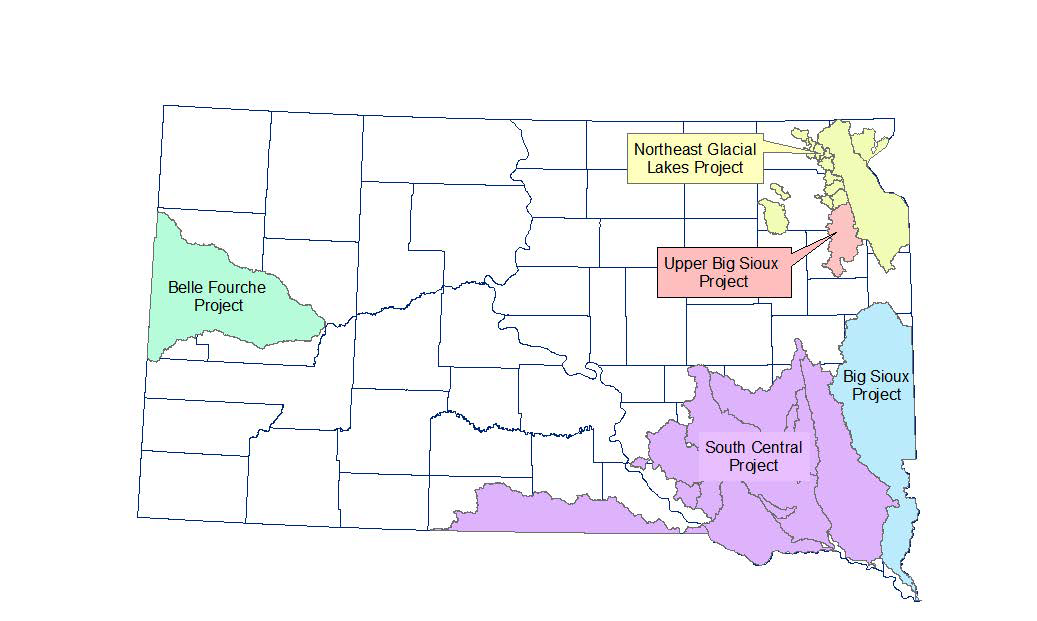Some examples of practices that help to improve water quality include the implementation of riparian buffers and grass waterways to reduce field sediment and nutrient run-off, preventing animal waste from entering waterways, grassland management practices, as well as various practices which help to increase infiltration rates. Cost-share projects which include these, and many others are underway across the state, including a project being administered by the SD Soil Health Coalition.
Dozark says the cost-share projects are a win-win – improving the state’s water quality and helping improve land values. “In many cases, 319 Watershed Projects solve a problem for agriculture producers. Whether the current feed yard is muddy most of the season or erosion is leading to land loss, once we mitigate the issues, cost-share dollars are spent helping the landowner get something they need, like concrete bunks or a drip irrigation system and water quality improves.”

0 Comments